The 2nd Tunnel (제2땅굴(철원))
2024-03-20
Yangji-ri, Dongsong-eup, Cheorwon-gun, Gangwon-do
+82-33-450-5559
The 2nd Tunnel, one of several excavated by North Korea for the purpose of infiltrating South Korea, was discovered in 1975. Spanning a total length of 3.5 kilometers, only 500 meters of the tunnel is accessible to civilians. To visit this site, visitors are required to book as part of the DMZ Peace Tours. Additionally, personal identification, such as a passport or Alien Registration Card (ARC), is necessary for access.
Eulji Observatory (을지전망대)
2022-10-14
621, Hu-ri, Haean-myeon, Yanggu-gun, Gangwon-do
+82-33-481-9021
Eulji Observatory, located near the Military Demarcation Line along the ridge of Gachilbong Peak, is now one of the most informative sites dating back to the Korean War. From Eulji Observatory, visitors can see North Korean land from afar as well as Birobong Peak of Geumgangsan Mountain. It is the northernmost DMZ attraction and over 100,000 people visit this observation platform every year.
The 4th Tunnel (제4땅굴)
2022-10-14
Ihyeon-ri, Yanggu-gun, Gangwon-do
+82-33-481-9021
The 4th Tunnel was discovered on March 3, 1990. It is located 1,200 meters from the Military Demarcation Line in the demilitarized zone of South Korea. This is the only tunnel to be discovered that provides full access to tour groups. Educational instruction is given in the square outside the tunnel.
Naksan Park (낙산공원)
2025-10-23
41 Naksan-gil, Jongno-gu, Seoul
+82-2-743-7985
Naksan Mountain (alt. 125 meters) is one of the four inner mountains of Seoul, and can be accessed by following the road leading to the mountain entrance from Daehangno and Dongdaemun. It was also called Naktasan Mountain, which can be translated to Camel Mountain, because the terrain resembled a camel's back. It also had another name, Taraksan Mountain, “tarak” meaning fermented milk, because there was a royal ranch in the area that supplied milk to the palace. After the 1960s, the original appearance of Naksan Mountain disappeared due to apartments and dense housing, and the Seoul Metropolitan Government established a restoration plan. As part of this plan, a park project was carried out, and it opened Naksan Park in July 2002. Currently, Naksan Park has established itself as a resting place for citizens to feel the beautiful atmosphere of Hanyangdoseong, or the Seoul City Wall, and green forests. It has gained much popularity as a place for seeing the most beautiful night view in Seoul.
Seoul Former Russian Legation (서울 구 러시아공사관)
2020-06-18
21-18, Jeongdong-gil, Jung-gu, Seoul
+82-2-3396-5882
The Russian Legation was built in a Renaissance style in 1890. Russian architect, A. J. Scredin Sabatine designed the structure. In 1895, during the Joseon dynasty, the Eulmisabyeon Incident took place as a show of force by the Japanese.
Empress Myeongseong-hwanghu was emerging as a strong figure in Korea at a time when a power struggle between Japan, China, Russia, and other powers were taking place. Japanese Minister, Miura Goro saw her as a threat and ordered her assassination. After hearing news of the Empress’s assassination, King Gojong and the Crown Prince sought refuge in the Russian Embassy for one year.
After 1945, the Soviet Union took over the embassy until it was almost completely destroyed by a fire during the Korean War [1950~1953]. The only remaining parts of the building are the tower and basement areas. The building was restored to its current condition in 1973 and is now enjoyed by many as a public park.
Kim Hain Art Hall Pension (김하인 아트홀 국화꽃향기)
2020-08-04
120-4, Jajakdoseonsa-gil, Goseong-gun, Gangwon-do
+82-33-636-5679
Famous as a filming site for the popular K-drama "Autumn in My Heart (2000)," Kim Hain Art Hall opened in October 2008 in dedication to Kim Hain, the novelist of "The Scent of Love." The center serves as a cultural space for students and general visitors. Spread over four floors, Kim Hain Art Hall doubles as an experience center and a pension, featuring a literature lecture room, author introduction room, a screening room, and moviestar room.
Jeoldusan Martyrs' Shrine (절두산순교성지)
2024-03-12
6 Tojeong-ro, Mapo-gu, Seoul
+82-2-3142-4434
Jeoldusan Martyrs' Shrine is the site where many Catholic believers were executed in 1866 due to persecution. In commemoration of the 100th anniversary of the martyrdom, the Korean Catholic Church opened the Memorial Hall in October 1967, exhibiting materials, relics, and souvenirs related to the Korean Catholic Church and operating a museum. Pope Johannes Paulus II visited the site in 1984, and Mother Teresa visited in 1985.
Hwajinpo Beach [National Geopark] (화진포 (강원평화지역 국가지질공원))
2021-06-23
Hyeonnae-myeon, Goseong-gun, Gangwon-do
+82-33-249-3881
Hwajinpo Lake is the largest lagoon in Korea, created by a section of the ocean being closed off when two opposing sand spits merged. This unique formation and the ecosystem that came to live on the sand bar are highly valued. The water in the lagoon was a mix of fresh and salt water, creating a special environment for aquatic animals of both types to live together. The lake is in the shape of a figure eight, with the southern lake being larger than the northern lake, although the northern lake is still connected with the ocean through a small stream.
Samyang Ranch (삼양목장)
2019-02-15
708-9, Kkotbadyangji-gil, Pyeongchang-gun, Gangwon-do
+82-33-335-5044~5
Asia's largest green pasture, this vast meadow is where milking cows feed on the fresh, clean grass. The view from the 1,470m high plateau is remarkable as well. The ranch has been used as a filming site for many dramas and movies.
Samcheong-dong Street (삼청동길)
2025-01-22
107 Samcheong-ro, Jongno-gu, Seoul
It is said that Samcheong-dong was named from the story about the three "cheong" (Chinese character meaning clean) of the area, namely the mountain, water, and people. Another theory is that the origin of the region's name came from Samcheongjeon Hall where three tablets called "Taecheong," "Sangcheong," and "Okcheong," were set up based on Taoism. Samcheong-dong Street features a mixture of old scenes of hanok buildings with traditional beauty and modern scenes of galleries and cafés, creating a unique atmosphere. Visitors can feel the abundant cultural mood at every corner of the street through the art galleries, museums, antique shops, and quiet pathways.

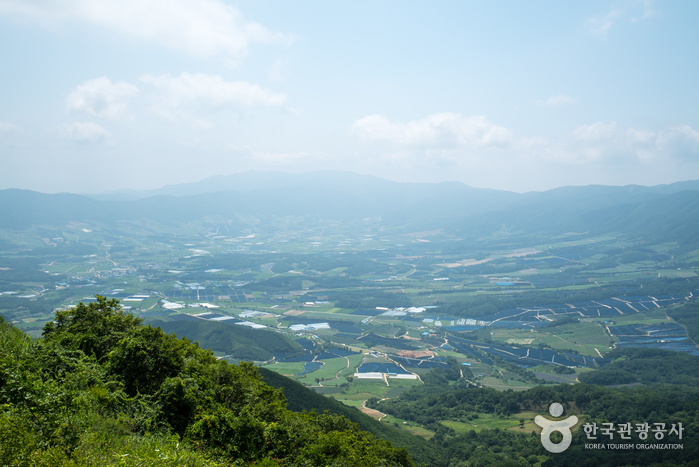
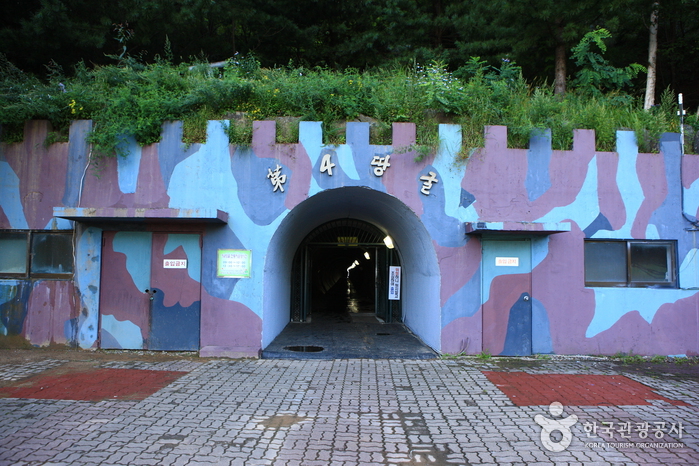
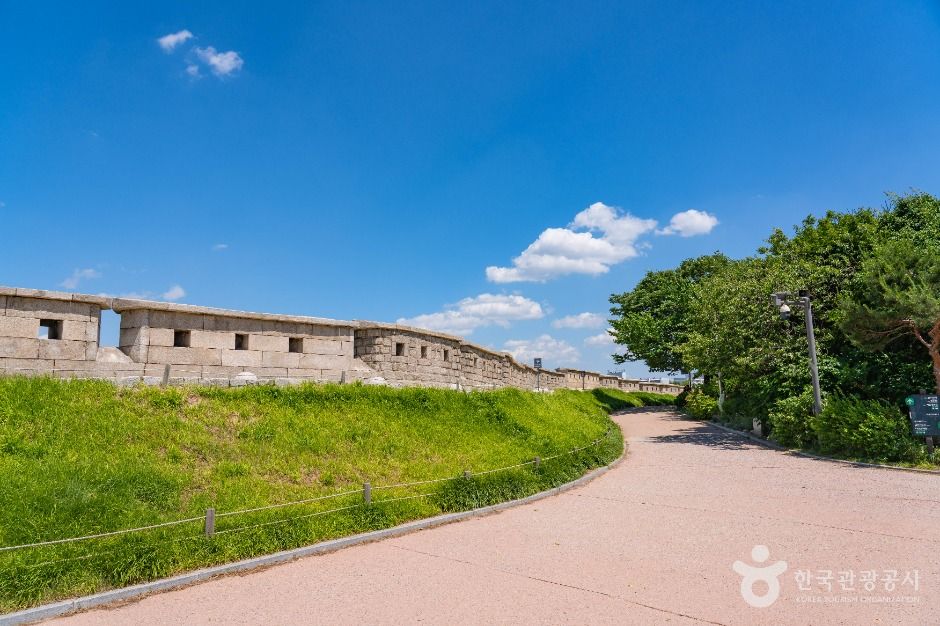

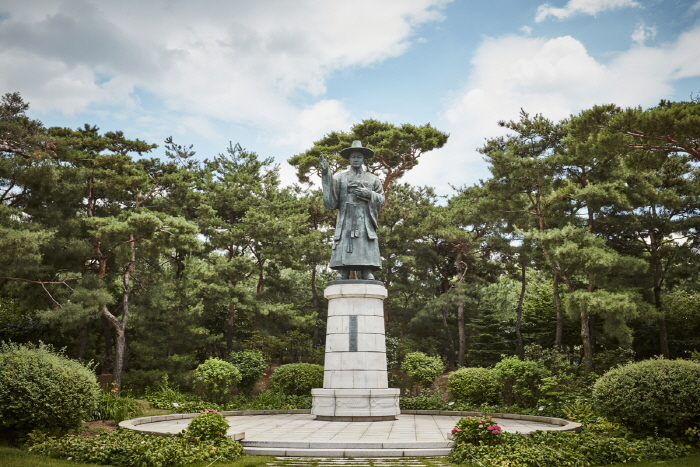
![Hwajinpo Beach [National Geopark] (화진포 (강원평화지역 국가지질공원))](http://tong.visitkorea.or.kr/cms/resource/87/217287_image2_1.jpg)
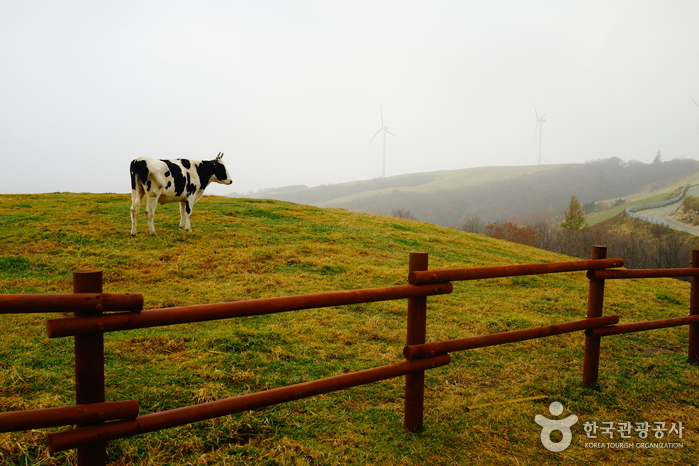

 English
English
 한국어
한국어 日本語
日本語 中文(简体)
中文(简体) Deutsch
Deutsch Français
Français Español
Español Русский
Русский